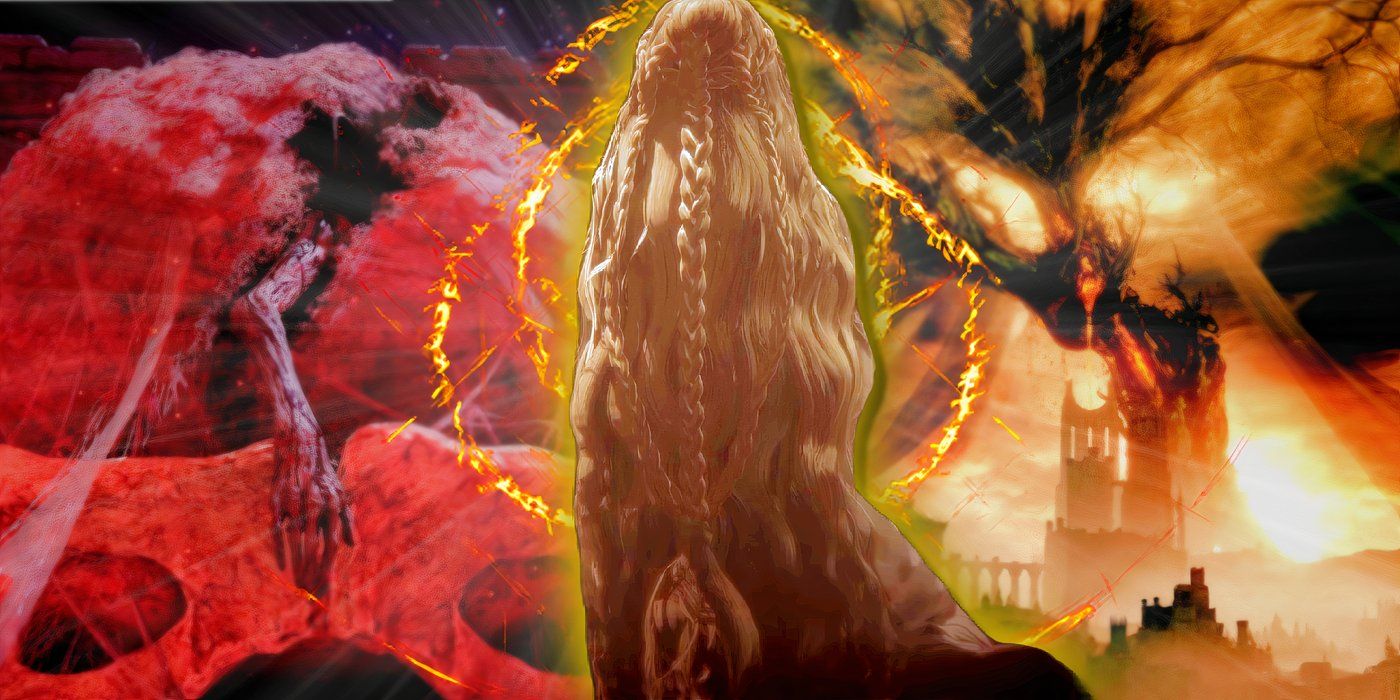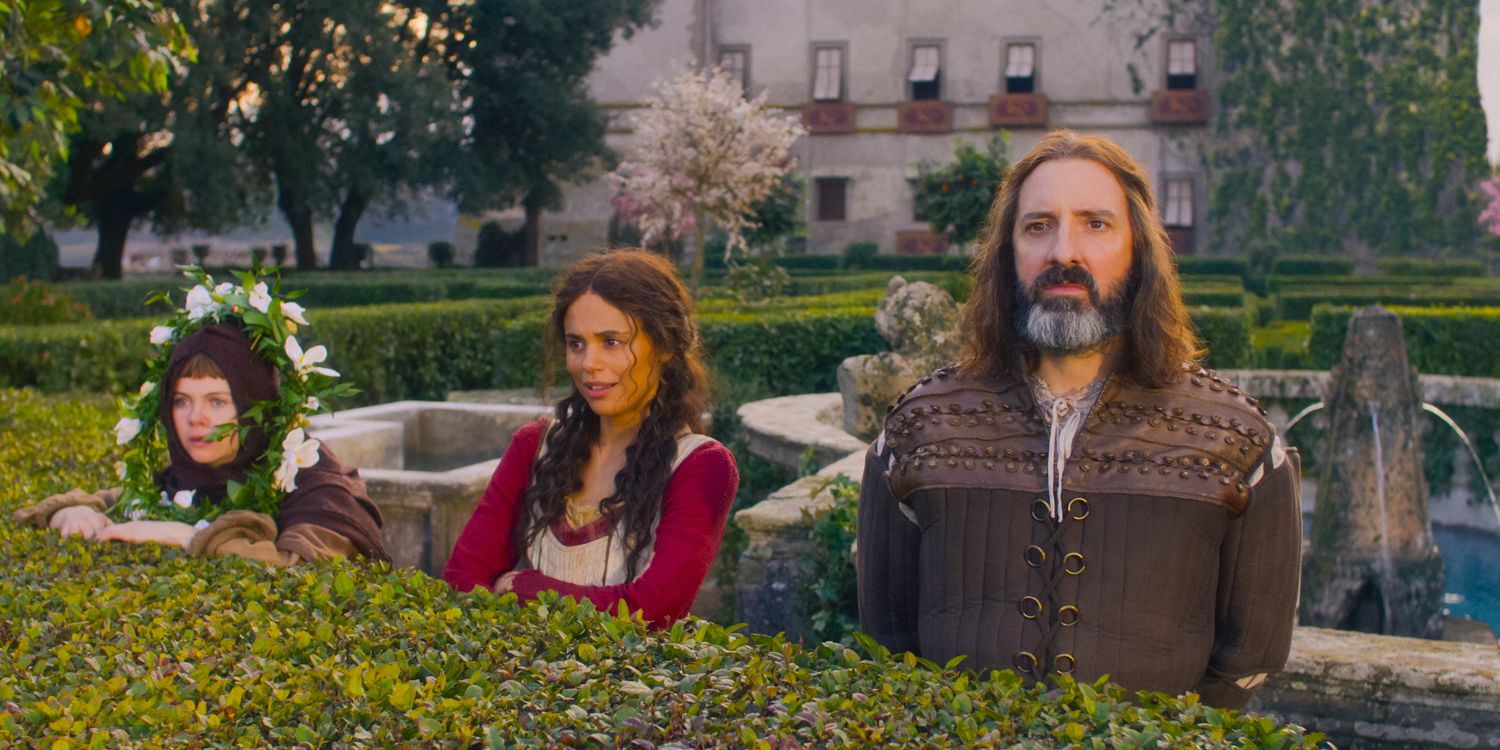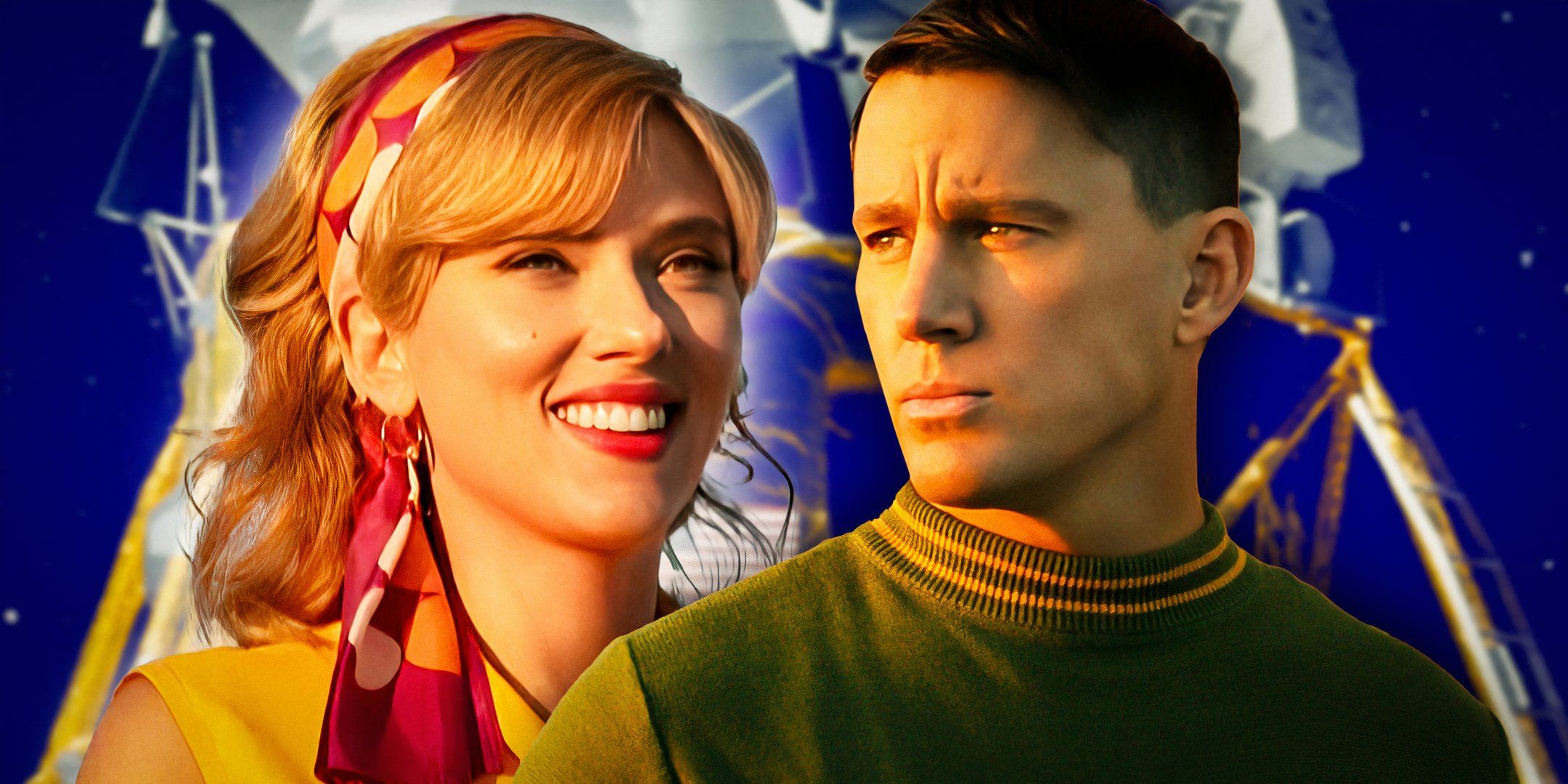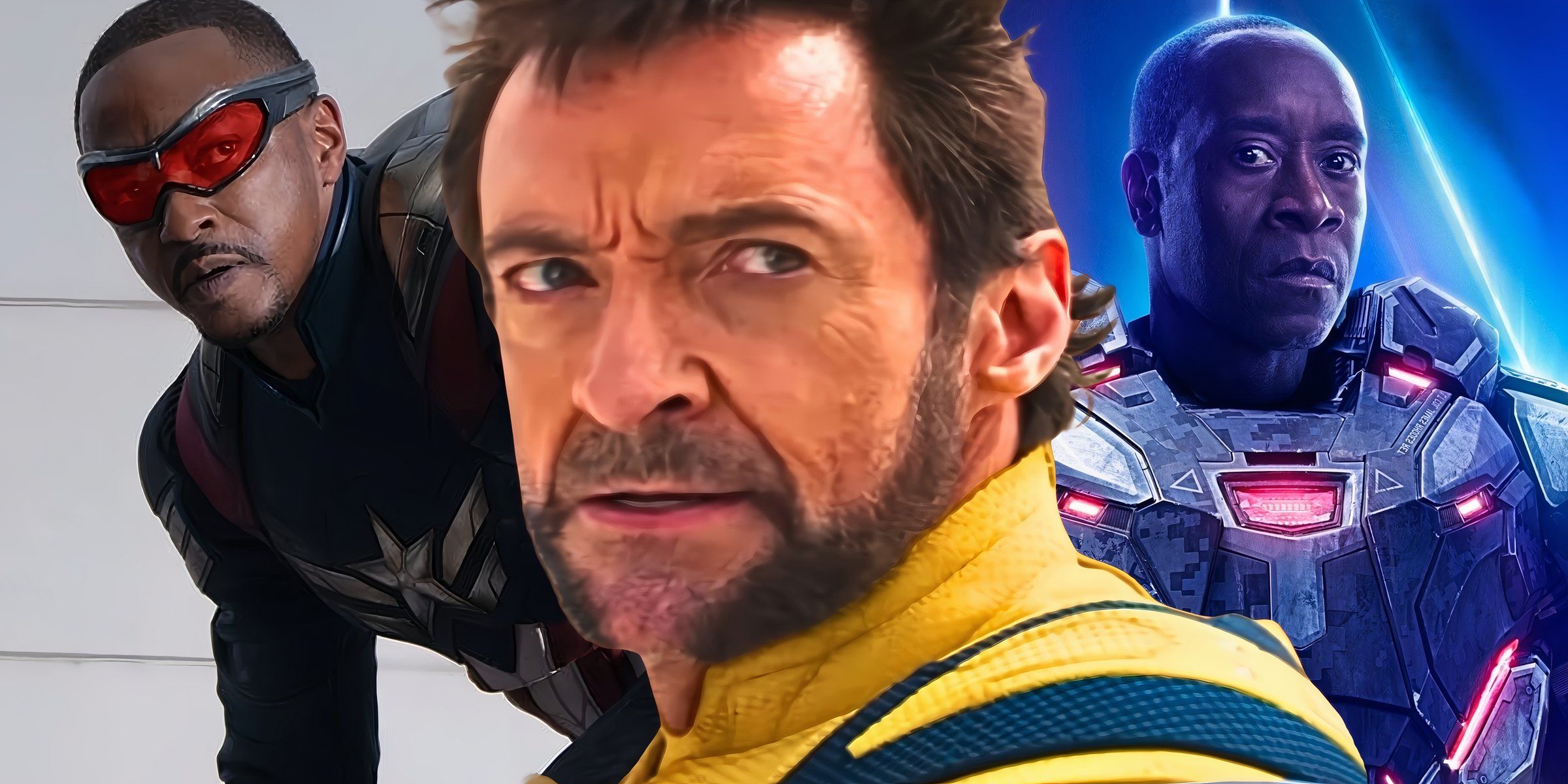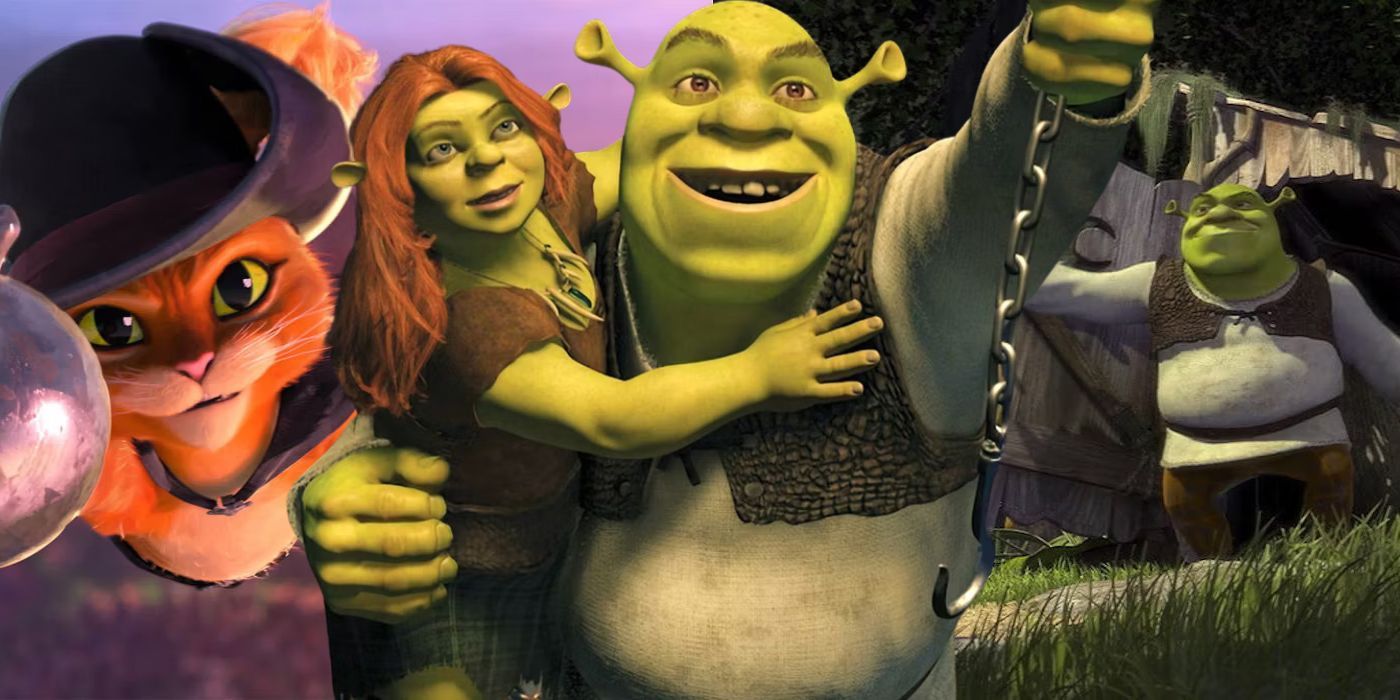Upon the release of Matt Reeves’ The Batman, the biggest question on audiences’ minds appeared to be how does it compare to The Dark Knight? The reboot certainly had far higher expectations to surpass than the average superhero movie, seeing as 2008’s The Dark Knight famously garnered critical acclaim and awards consideration that was unprecedented in the genre up to that point. With Christopher Nolan’s undeniably game-changing blockbuster still most frequently cited as the greatest superhero film of all time, Batman has come to enjoy a unique reputation as bearing the most prestigious movie material in all the world of comic book IP.
However, as evidenced by the finished product audiences received, The Batman is a movie that cannot help but grapple with The Dark Knight‘s greater cinematic impact in its almost every ingredient. Whether for the wealth of all-too-close plot similarities or blatantly competitive structural differences The Batman shares with its predecessor, The Dark Knight‘s shadow of influence is one it can only ever hope to escape. After all, when so much of a film’s intent is defined by its desire to top another, it mostly just draws further attention to the lightning it’s trying to re-bottle, and The Batman offers no shortage of such unfavorable calls for comparison.
The Batman Reuses Too Many Of The Dark Knight’s Story Beats

Obviously, any two installments in any popular character’s mythology are bound to share several tropes in common, but the sheer quantity and recognizability of the story beats The Batman lifts wholesale from The Dark Knight are near-impossible to ignore. In both movies, a major sequence in the film’s first half involves Bruce Wayne attempting to stop the public assassination of a Gotham public servant at the funeral of another slain public servant, but not exactly succeeding. Both movies utilize a show-stopping car chase right at their respective midpoints that use flipping eighteen-wheeler trucks as its biggest setpiece before the villain is apprehended. In the second act of both films, a moment of intentional timeline misdirection is used to trick both Bruce and the audience into briefly thinking someone close to him is safe, when in fact they’re already the victim of an explosion plotted by the villain.
Of course, a great part of The Dark Knight‘s enduring iconography belongs to Heath Ledger’s incarnation of the Joker, and the ongoing list of egregious similarities extends into The Batman‘s villains. With The Batman‘s interpretation of The Riddler, audiences are once again given a cackling madman who also records shaky, front-facing home videos for the villain to taunt and toy with Batman. Just as with The Dark Knight‘s Joker, the scheme of The Batman‘s Riddler is to make games out of killing Gotham’s public figures one by one in order to highlight the city’s corruption, eventually leading to a climactic meeting of the minds with Batman inside a holding cell. The Joker himself (the third screen appearance of the character since 2019’s Joker) even appears eventually in The Batman, also sporting the messy scars and sloppy green hair-dye of Heath Ledger’s Joker aesthetic specifically.
The Batman’s Key Differences Are In Competition With The Dark Knight
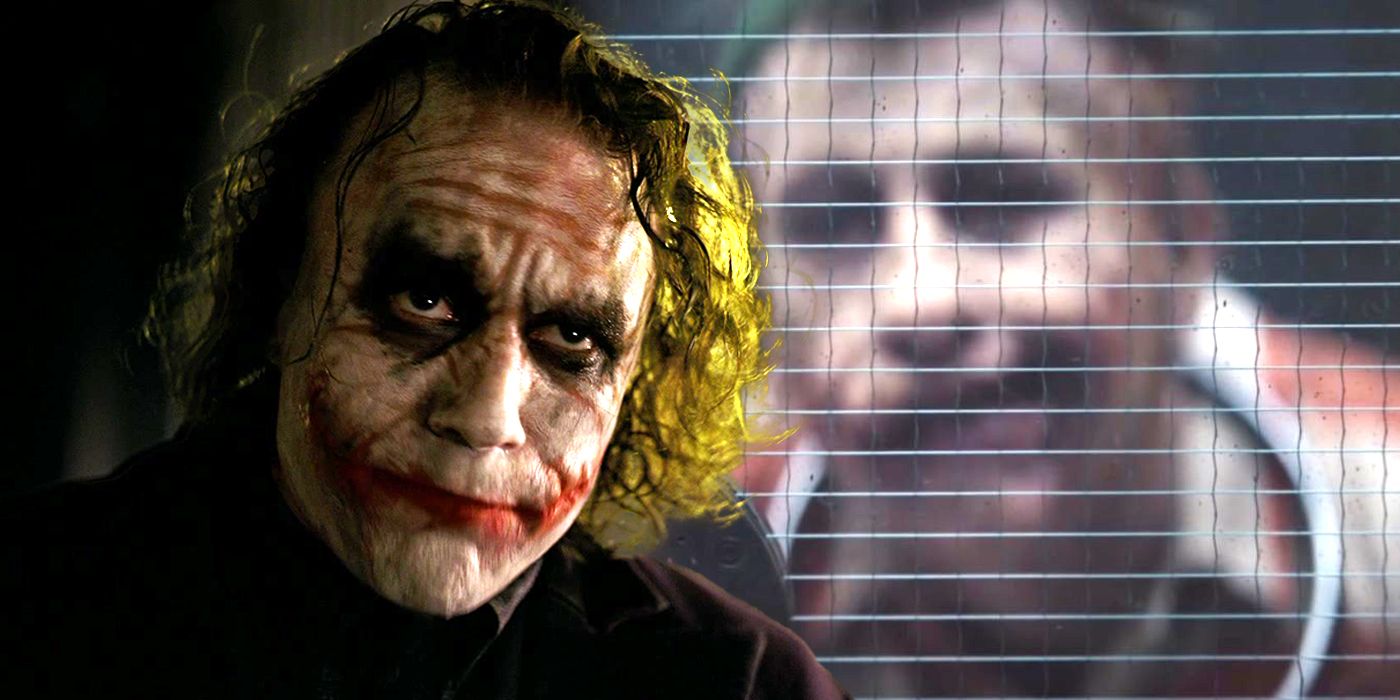
The only slightly more severe aesthetic of The Batman‘s Joker compared to The Dark Knight‘s can be seen as a microcosm of how and why the movies differ: in the name of competition first and foremost. The trend of post-9/11 blockbusters taking on a “dark and gritty” tone can be owed largely to the comparative gritty realism of The Dark Knight seeing so much success. As a result, nearly every ingredient in The Batman appears bred by a compulsion to be the “darkest and grittiest” yet, with nearly every scene taking place in even more shadowy and scummy settings. Thus, among the wealth of examples, the Riddler’s costume more so resembles black S&M/Zodiac Killer apparel, the Batmobile all but becomes a horror movie monster, and even secondary characters speak almost unilaterally in gruff “Batman voices” of their own, wielding harsher profanities as if gunning to toe the line of an R-rating even more.
Another way in which The Dark Knight stood out among its superhero-movie ilk upon release was its longer runtime, which The Batman deliberately stretched itself to exceed. Balancing two iconic villains in the Joker and Harvey “Two-Face” Dent, The Dark Knight‘s narrative demanded a two-and-a-half-hour runtime, simultaneously positioning the movie as an epic among comic book movies. Of course, the only way to outlast such a runtime is to go on even longer, compelling The Batman to pad its length to three whole hours, a runtime only shared within the genre by Avengers: Endgame‘s record-breaking slate of characters.
Why The Batman Repeats (& Competes With) The Dark Knight
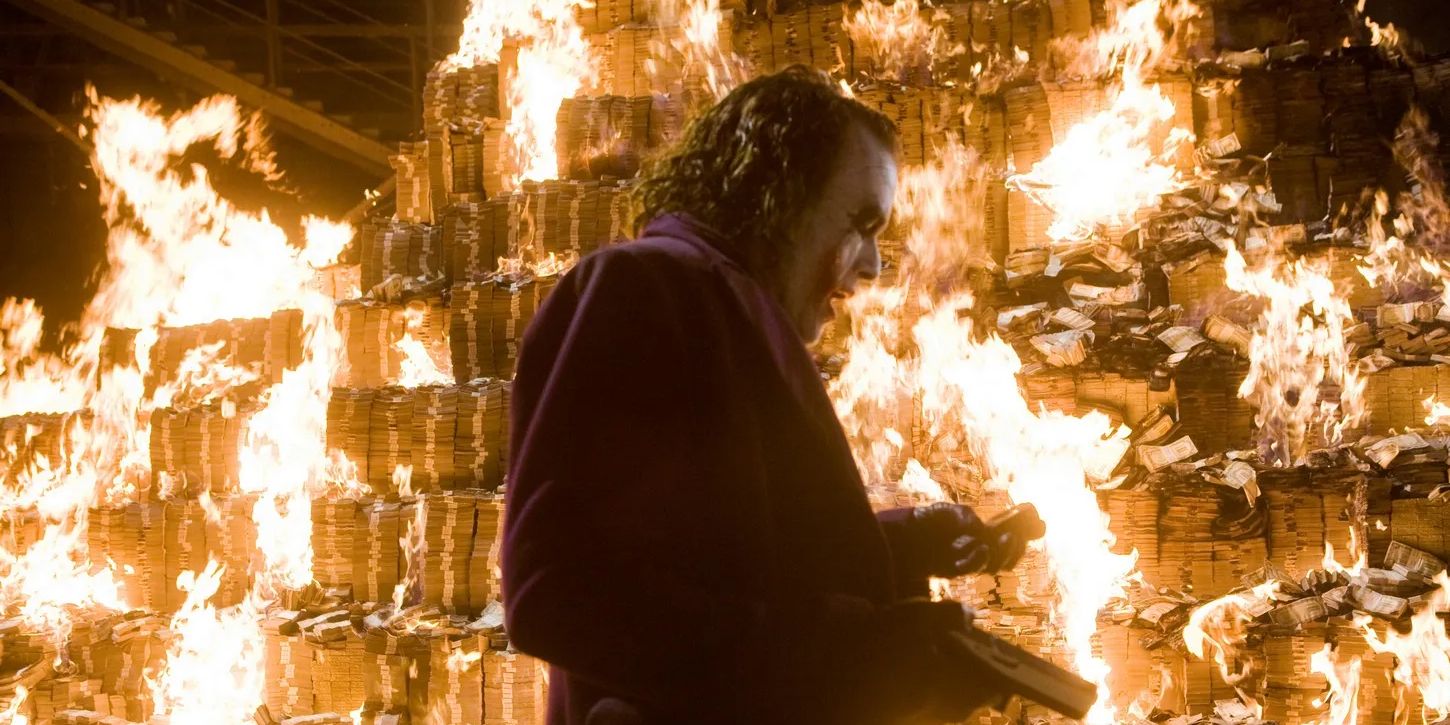
In getting to the bottom of The Batman‘s give-and-take with The Dark Knight specifically, it’s important to remember that this most recent interpretation of the character came right on the heels of a prior string of Batman films that saw far shakier results. Clearly having aspirations to mimic the success of Marvel’s interconnected universe of films, DC made an attempt to weave Ben Affleck’s incarnation of Batman into a series of Justice League films but failed to see the same success of MCU blockbusters. Thus, in going back to the drawing board with a new actor cast as the Caped Crusader, a different established formula needed to be applied by which critical and commercial success would be a safer bet.
In light of The Batman‘s consequent box-office success and critical response, the whole of similarities and differences between it and The Dark Knight together paint a picture of the movie’s glaring intent. In the wake of an unsuccessful attempt to spin success out of Marvel’s formula, The Batman needed to recapture The Dark Knight’s prior success with the character. In the end, the vast bulk of the movie’s creative choices isn’t so much led or justified by any unique, singular narrative goal as they are by a reboot-to-reboot inferiority complex in storytelling operating from outside the movie’s world. Whether or not the film’s “learning from the masters” pays off on its own is entirely up to the viewer to decide.
Key Release Dates
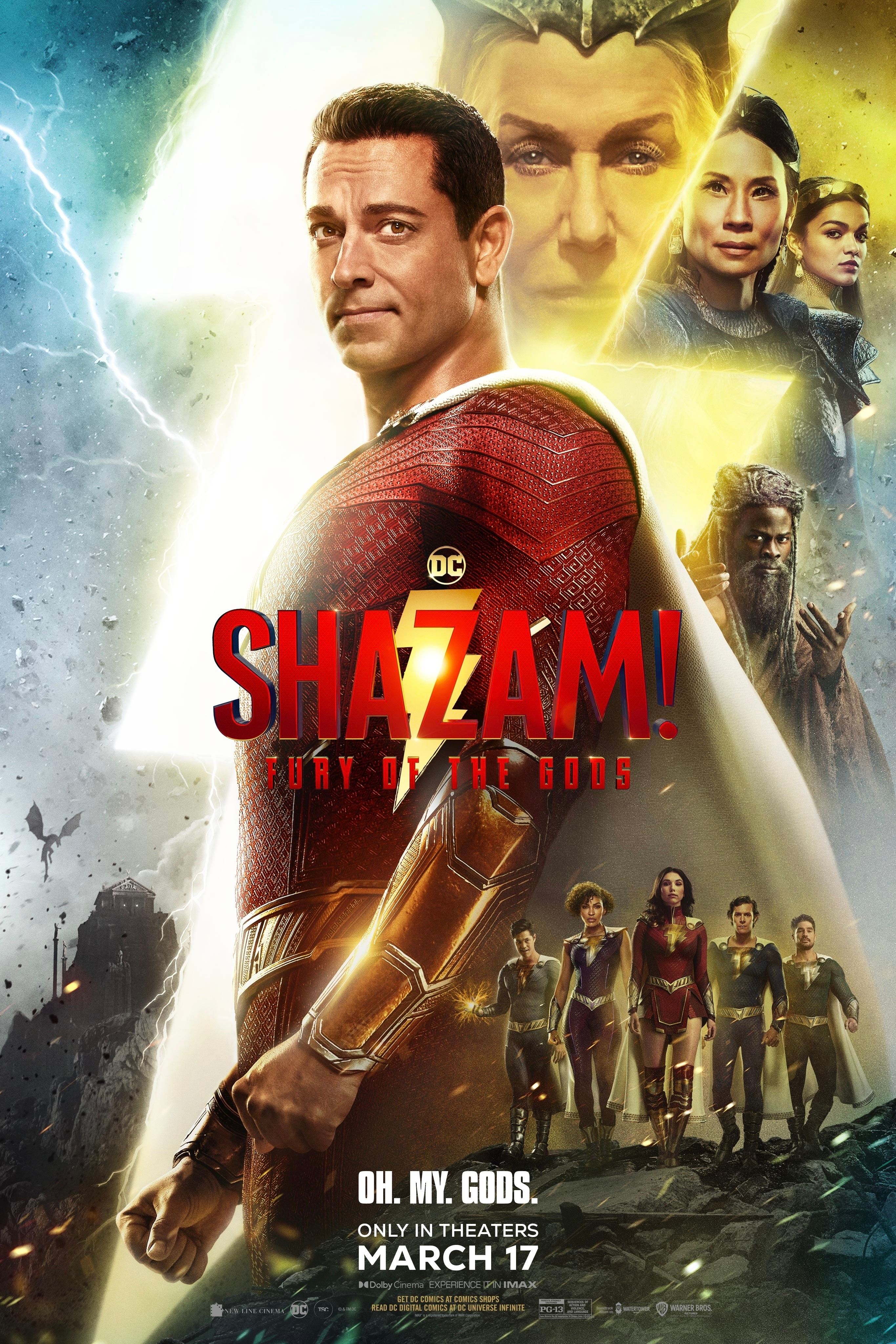
Shazam! The Fury of the Gods
Release Date:2023-03-17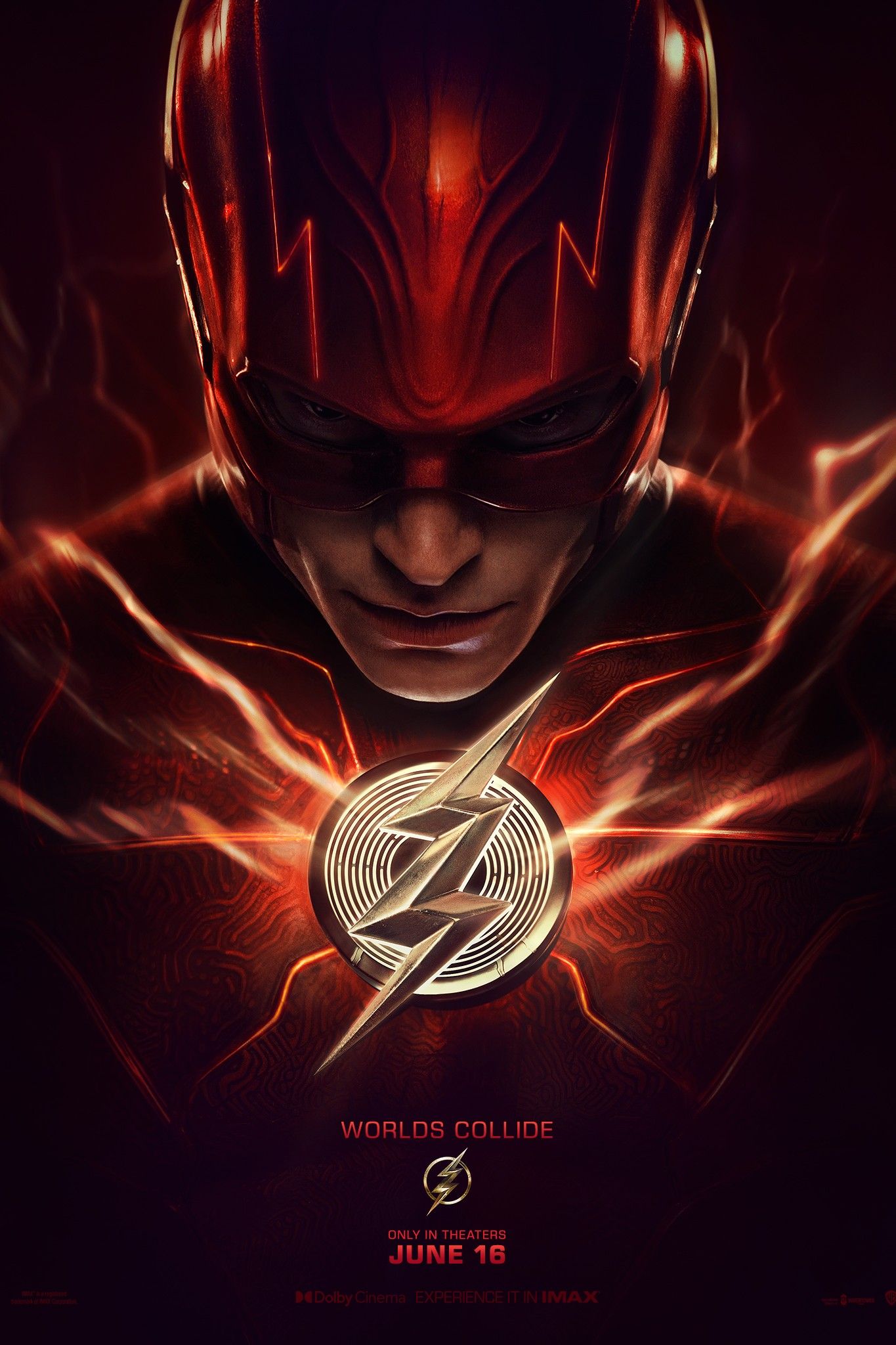
The Flash Movie2
Release Date:2023-06-16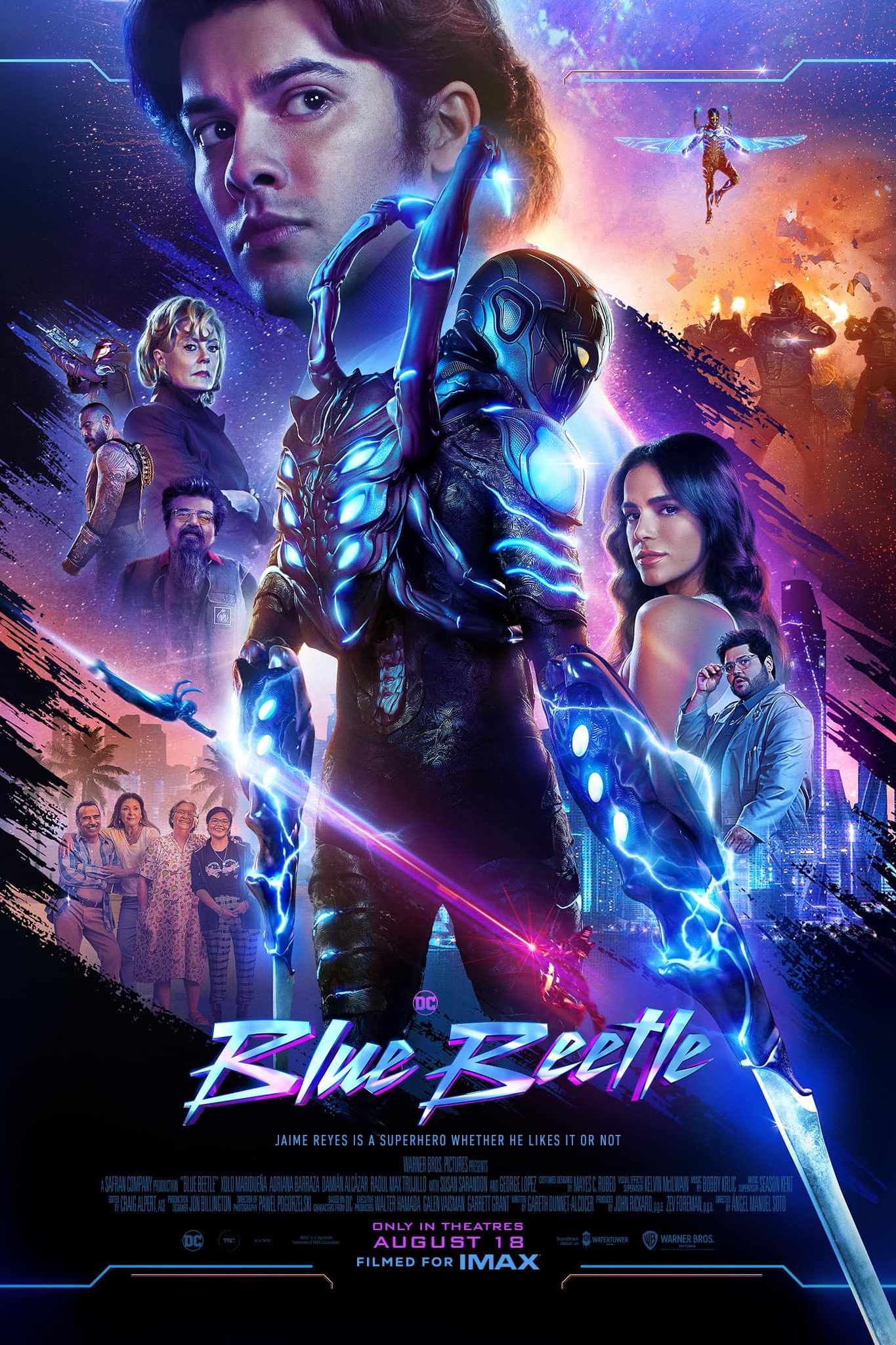
Blue Beetle
Release Date:2023-08-18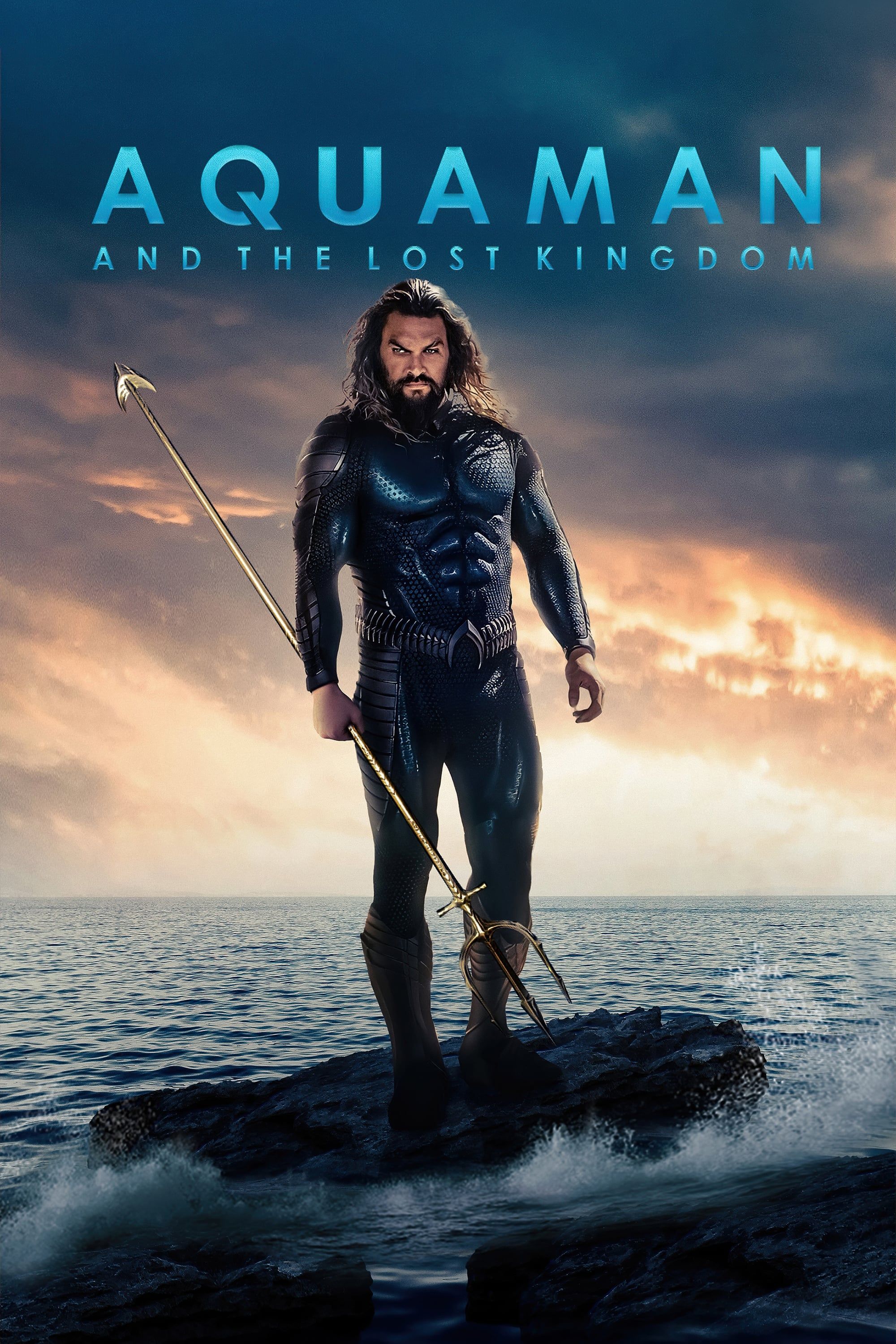
Aquaman 2
Release Date:2023-12-25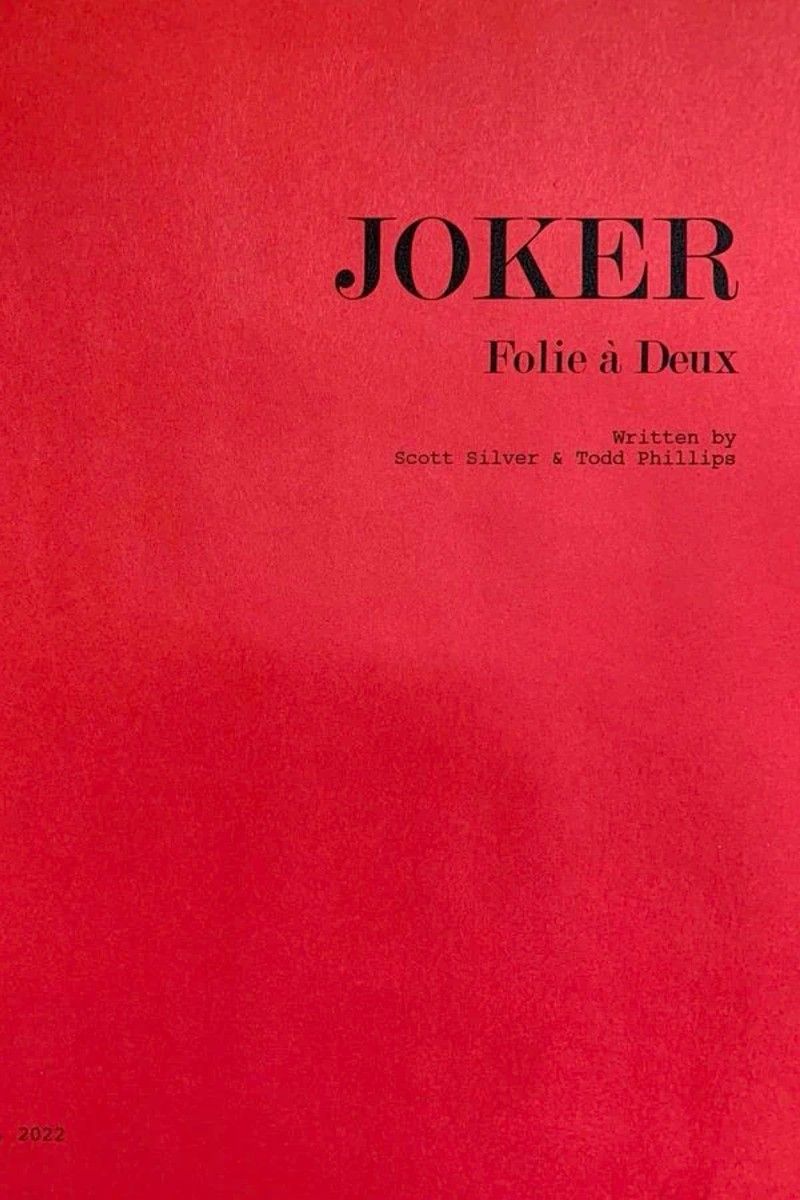
Joker: Folie a Deux
Release Date:2024-10-04
